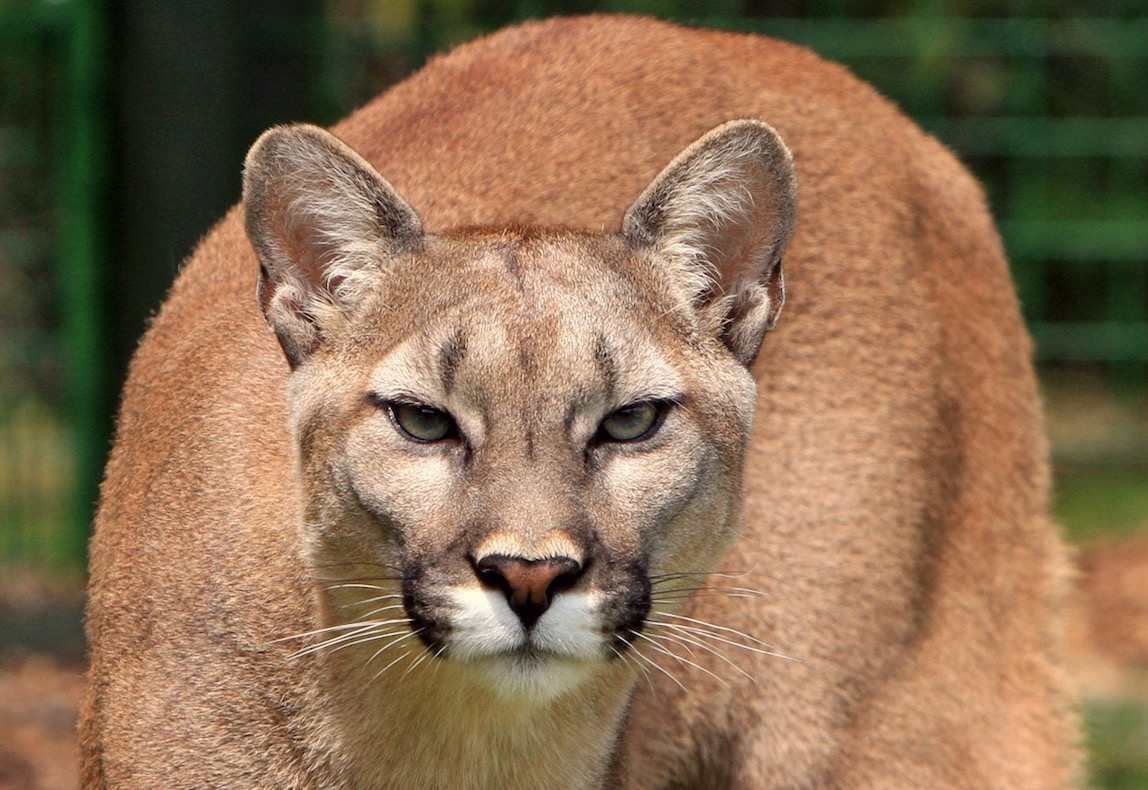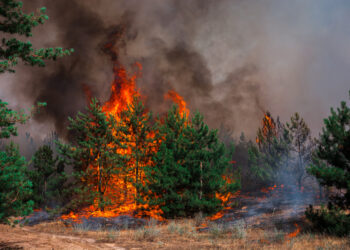PANTHERA
A new and provocative study from Panthera, the global wild cat conservation organization, challenges the science driving controversial puma hunting policies in 15 states in the Western U.S. and two Canadian provinces. Published this week in the Society for Conservation Biology journal, “Conservation Science and Practice,” the study suggests that current puma—or mountain lion—hunting strategies designed to protect mule deer populations may, in fact, be contributing to their decline.
Lead author and puma program director Mark Elbroch said, “This research demonstrates it’s time we take a harder look at the potential unintended consequences of heavy puma hunting, and the cascading effects it has on biodiversity.”
Based outside of Jackson, Wyoming, where Panthera’s 17-year-long Teton Cougar Project was located, the study examined why pumas forage in different ways and linked the results to known effects of legal hunting of pumas. Age was found to be the determining factor influencing puma prey choice, with older cats feeding on larger elk and younger pumas preying on smaller and more manageable mule deer, some of which don beautiful antlers coveted by hunters.
Driven largely by hunting lobby interests, states in the West, apart from California, have across-the-board adopted strategies allowing legal or trophy hunting of pumas in part to protect and grow mule deer populations for hunters to target. However, puma research has repeatedly shown that heavy hunting pressure often reduces the average age of pumas in a population, rather than dramatically decreasing the number of cats in the landscape, as hunters target older and bigger trophy animals.
This research indicates that heavy hunting may, in fact, exacerbate problems for mule deer by changing the age structure of the puma population to predominantly younger animals that are more likely to hunt mule deer than elk.
Decades-old research was the first to prove that pumas and other predators have little influence on deer populations. Instead, biologists agree that weather and food, including a widespread drought primarily responsible for the recent Rocky Mountain mule deer decline, are the driving forces influencing deer numbers. Despite these facts, efforts to remove pumas to aid mule deer populations persist throughout the American West.
Colorado recently implemented a controversial policy openly opposed by scientific voices, and currently under litigation, that allows for persecution of hundreds of pumas and black bears by contracted hunters to protect mule deer. One state over, in Utah, hunters are predominantly killing pumas that are only three years old, who have essentially just left their mother’s side.
In a long-term experiment from Idaho, researchers actively removed pumas and coyotes to attempt to increase mule deer numbers. Doing so allowed more fawns to survive longer intervals, and increased the number of does with fawns in the population, but these differences ultimately did not translate into deer population growth.
In addition to producing counterintuitive results, blind investment in puma hunting policies uninformed by science may threaten public health. The recent case of a jogger in Colorado who attacked and killed a puma cub in self-defense and another incident this week of a puma attack in British Columbia, where research suggests puma hunting is causing greater human-cat conflict, are two recent examples of safety concern.
“Our hope is that this research helps to effect change to scientifically-questionable policies that, as of now, are highly influenced by livestock and hunting groups, [and lead] to one that takes a more holistic approach, effectively conserving wildlife populations—and even growing mule deer populations—in a more natural way, guided by scientifically-derived and well-based information,” said Howard Quigley, study co-author and Panthera conservation science executive director.
Panthera, founded in 2006, is devoted exclusively to preserving wild cats and their critical role in the world’s ecosystems. Panthera’s team of leading biologists, law enforcement experts and wild cat advocates develop innovative strategies based on the best available science to protect cheetahs, jaguars, leopards, lions, pumas, snow leopards and tigers and their vast landscapes. In 36 countries around the world, Panthera works with a wide variety of stakeholders to reduce or eliminate the most pressing threats to wild cats, thus securing their future and ours.
Visit panthera.org to learn more.













